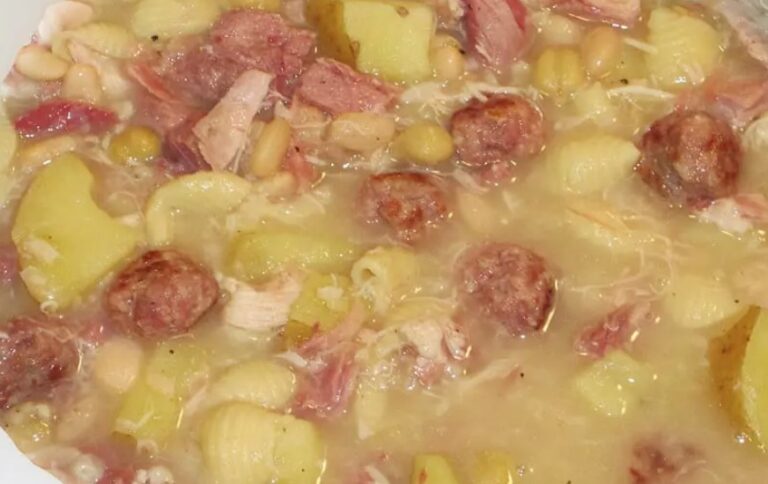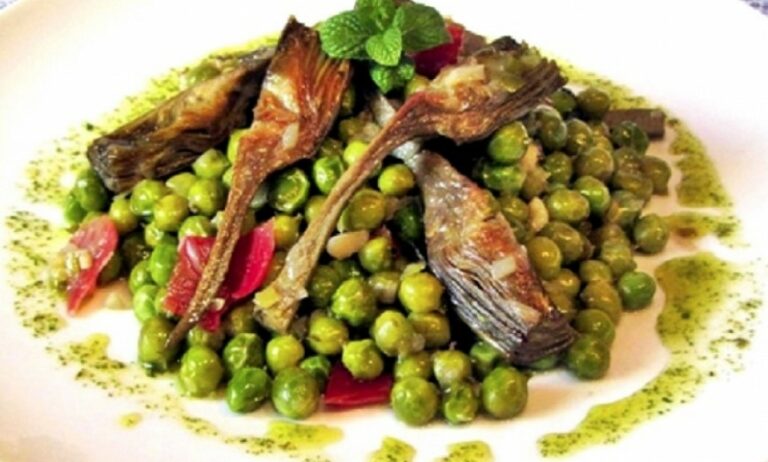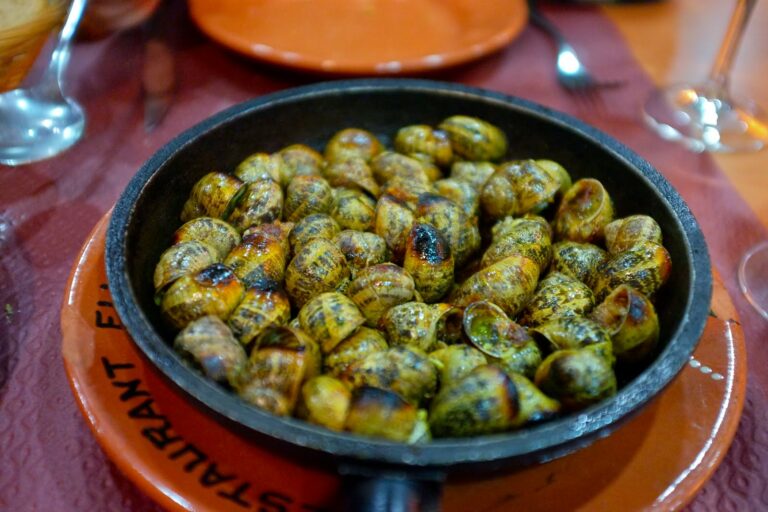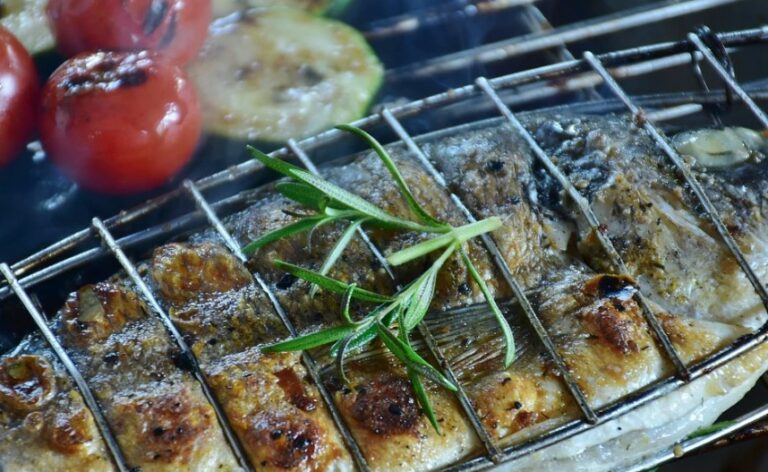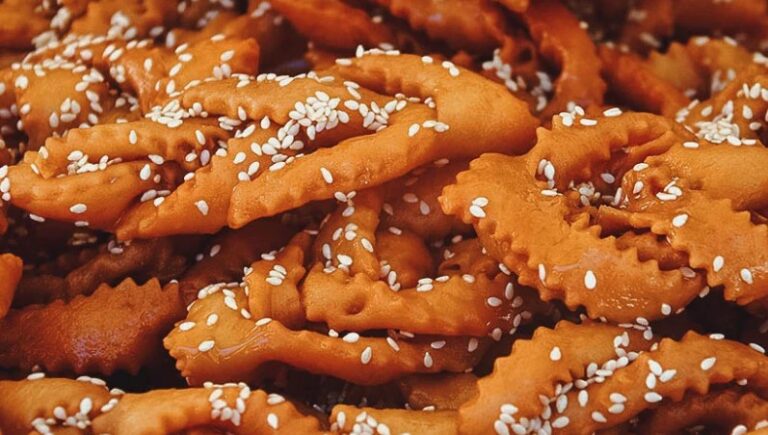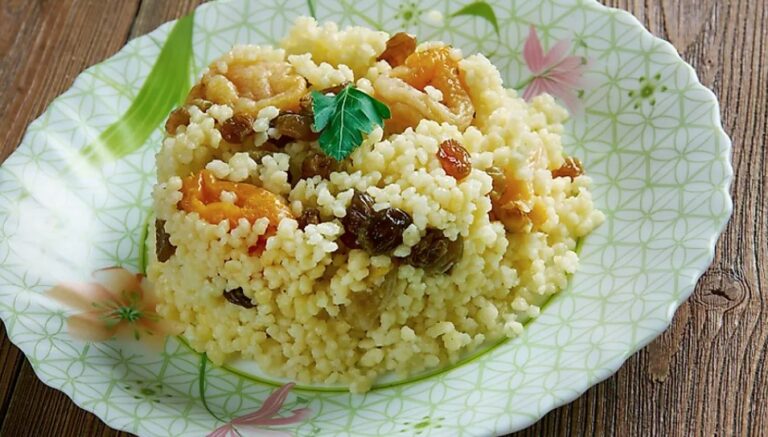Introduction: Dining in Angola
Angola is a country in the southwestern region of Africa, bordered by Namibia, Zambia, and the Democratic Republic of Congo. Angola’s cuisine is diverse, with influences from Portugal, Brazil, and other African countries. Dining in Angola is an important social occasion, with meals often lasting for several hours. In this article, we will explore the customs and etiquette associated with dining in Angola.
Understanding Angolan Cuisine
Angolan cuisine is known for its variety of stews and casseroles, made with seafood, meat, or vegetables. The national dish of Angola is funge, a starchy ball made from cassava flour, which is typically served with fish or meat stew. Other popular dishes include calulu, a stew made with dried fish or chicken, and muamba de galinha, a chicken stew with palm oil and vegetables. Angolan cuisine also features a range of tropical fruits, such as mangoes and papayas, which are often used in desserts.
Dress Code for Dining in Angola
When dining in Angola, it is important to dress appropriately. Men are expected to wear a suit and tie, while women should wear a dress or skirt suit. It is also important to avoid wearing casual clothing, such as shorts or flip-flops. Guests should aim to dress conservatively, as revealing clothing is considered inappropriate.
Table Manners and Dining Etiquette
When dining in Angola, it is important to wait for the host to invite you to sit down at the table. Guests should also wait for the host to start eating before beginning their meal. It is considered impolite to speak with your mouth full, and it is important to use utensils properly. Guests should also avoid reaching across the table to grab food, as this is considered rude.
Proper Use of Utensils During Meals
When dining in Angola, it is important to use utensils properly. The fork should be held in the left hand and the knife in the right hand. When cutting meat, it is important to hold the meat down with the fork while cutting with the knife. It is also important to avoid holding utensils with your fist, as this is considered rude.
Dining with Elders or Business Partners
When dining with elders or business partners in Angola, it is important to show respect for their status. Elders should be served first, and it is important to use formal titles such as “senhor” or “senhora.” When dining with business partners, it is important to avoid discussing business matters during the meal, as this is considered impolite.
Sharing Meals and Cultural Considerations
In Angola, it is common for meals to be shared among guests, with large dishes placed in the center of the table. It is important to take only what you can eat, and to avoid wasting food. When sharing a meal, it is also important to use serving utensils rather than eating directly from the communal dish. Additionally, it is important to be mindful of cultural considerations, such as avoiding pork in Muslim households.
Departure Customs After a Meal in Angola
When leaving a meal in Angola, it is important to thank the host for their hospitality. It is also customary to offer a small gift, such as flowers or chocolates, as a token of appreciation. Guests should also wait for the host to indicate that the meal is over before leaving the table. It is considered impolite to leave before the meal is finished.



